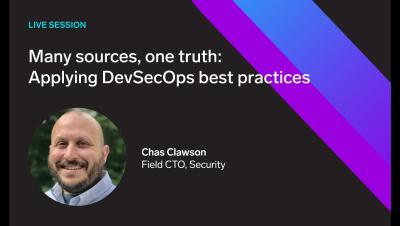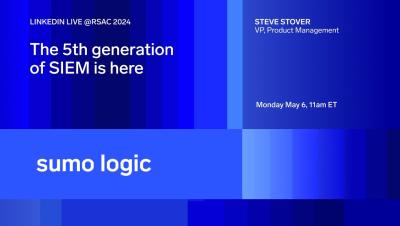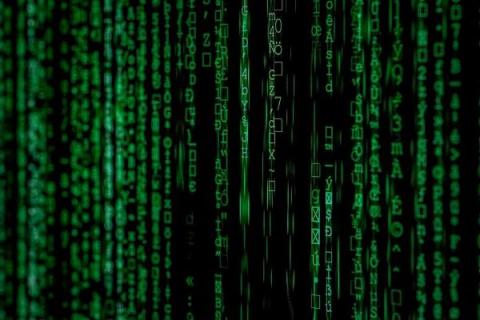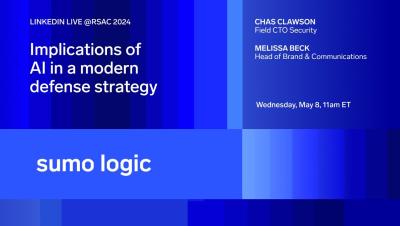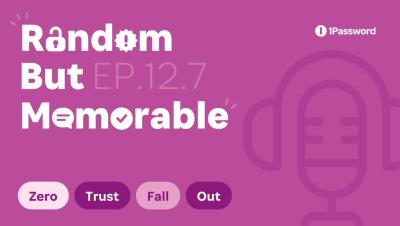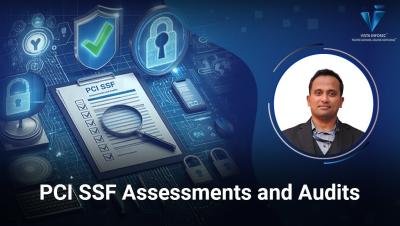Many sources, one truth: Applying DevSecOps best practices
It’s no secret threat actors, and cloud attacks have evolved, yet traditional security responses have languished, much to the detriment of many organizations. In this session, Cas Clawson, Field CTO for Security at Sumo Logic, will explore cloud threat detection challenges and how to do it better using a real-world incident response example, leveraging a single source of truth, breaking down team silos, and utilizing the best practices with DevSecOps.


